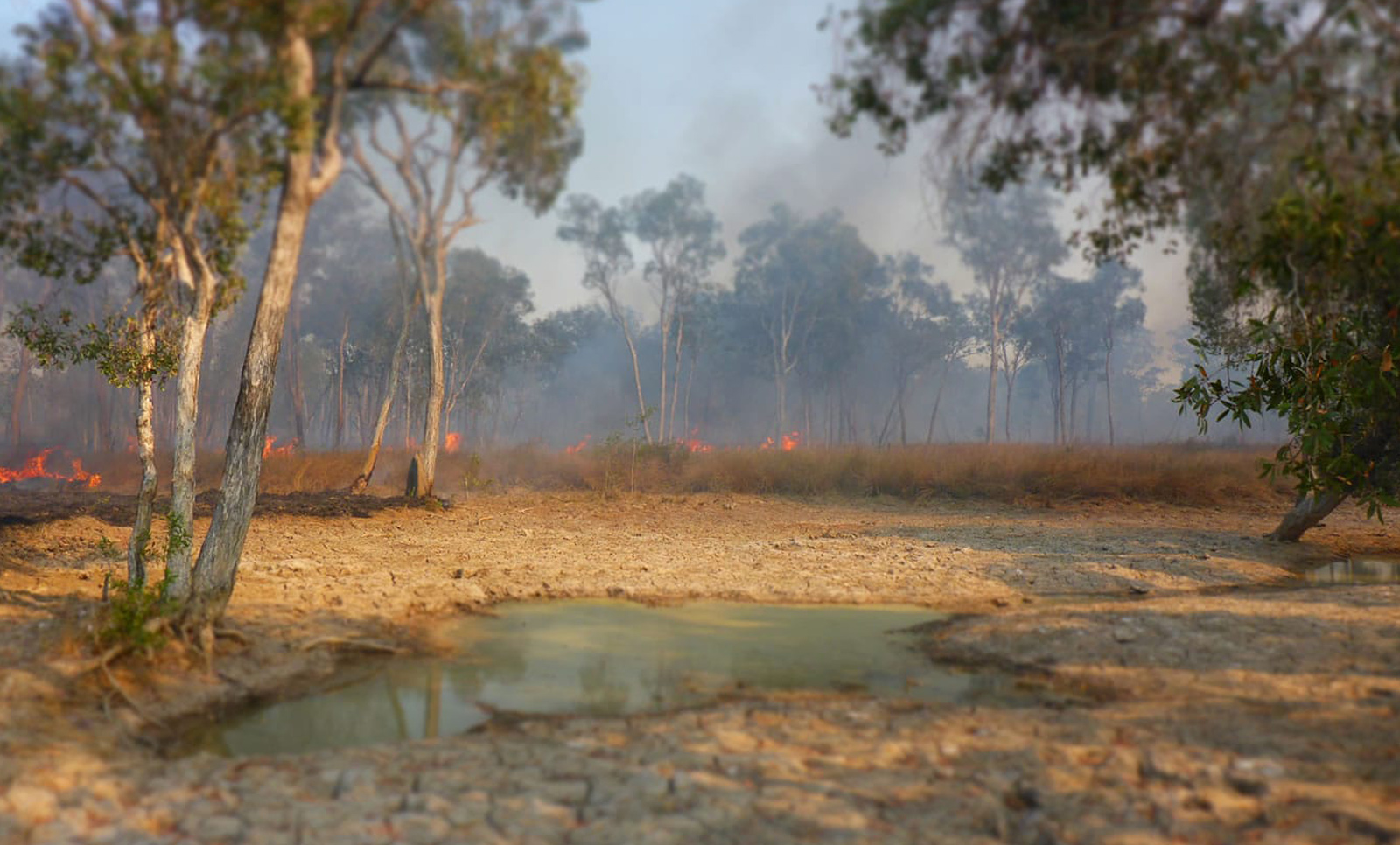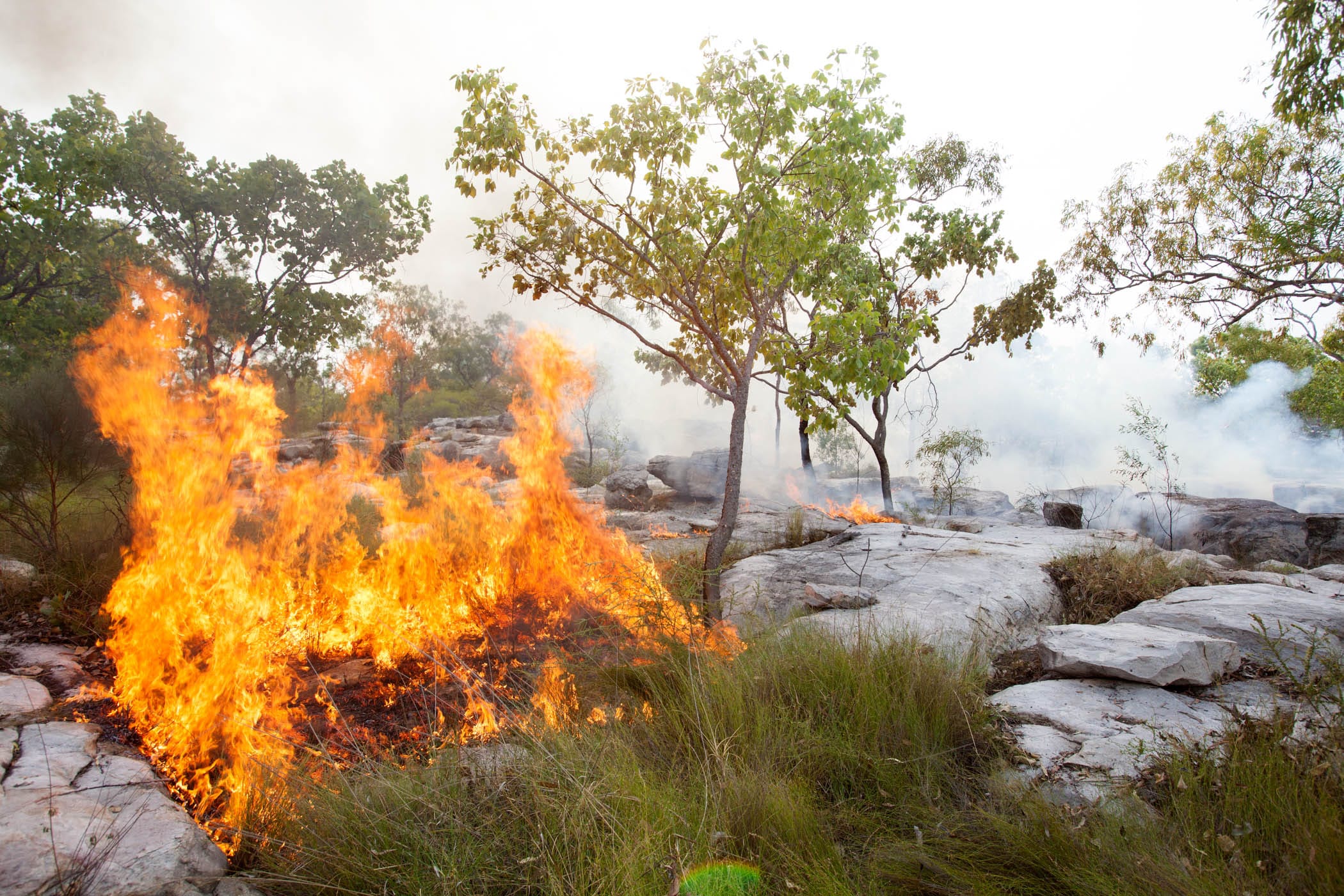
Our Story
Employment, culture preservation and environmental protection
Following the introduction of carbon legislation in Australia in 2011 (Carbon Farming Initiative Act 2011), the five ranger groups involved in WALFA decided they wanted to transition the then voluntary WALFA project to become an eligible offsets project to earn and sell Australian carbon credit units.
Extensive landowner consultations ensued, focusing on how to create a company that could represent them collectively in their engagement with the carbon market.
Traditional owners decided the company should be not-for-profit, and that all revenue from the sale of carbon credits must be reinvested back into the Aboriginal ranger groups to provide local employment and preserve culture and the environment.
In 2013 they established WALFA Limited for this purpose, and in 2015 changed the name of the company to ALFA NT Limited, to reflect its growth in the Arnhem Land region.
ALFA registered the WALFA project as an eligible offsets project in late 2014, and has sinceexpanded to register and support five projects in central, south-east and north-east Arnhem Land, covering almost 80,000 square kilometres.
It operates with minimal overheads, with 95 per cent of all income generated paid to the ranger groups for the purpose of supporting and improving fire management activities across the project areas.
Values
To protect, preserve and care for the environment through abatement of the level of global greenhouse gas emissions by means of bushfire management activities.
To preserve and conserve native Australian fauna and flora through bushfire management activities that accord with Aboriginal traditional rights and obligations and Australian law.
To collaboratively pursue the investigation, development and implementation of other activities which will protect, preserve and care for the environment and which are consistent with Aboriginal traditional rights and obligations and Australian law.
In relation to Aboriginal persons who have a traditional Aboriginal connection with any part of the project area, to provide for the relief of poverty, sickness, suffering, distress, misfortune, destitution, helplessness or the aged.
To provide for advancement of education of Aboriginal persons who have a traditional Aboriginal connection with any part of the project area.
The key elements of customary fire management
Engage
Engage “the right people for country” in planning and delivery
Burn Early
Burn early in the dry season and at times of heavy dew and little wind so fires go out overnight
Burn strategically
Burn strategically, adding to natural breaks such as moist ground along creeks, cliff lines and tracks to create unburned “compartments” surrounded by burned breaks
Protect
Protect jungles, heaths and fire sensitive ecological communities by early-burned breaks.

Savanna Burning Methodology
Australia’s vast and ecologically intact northern tropical savannas are extremely flammable, and fire is arguably the most important tool that Aboriginal people have for looking after country.
Learn More
